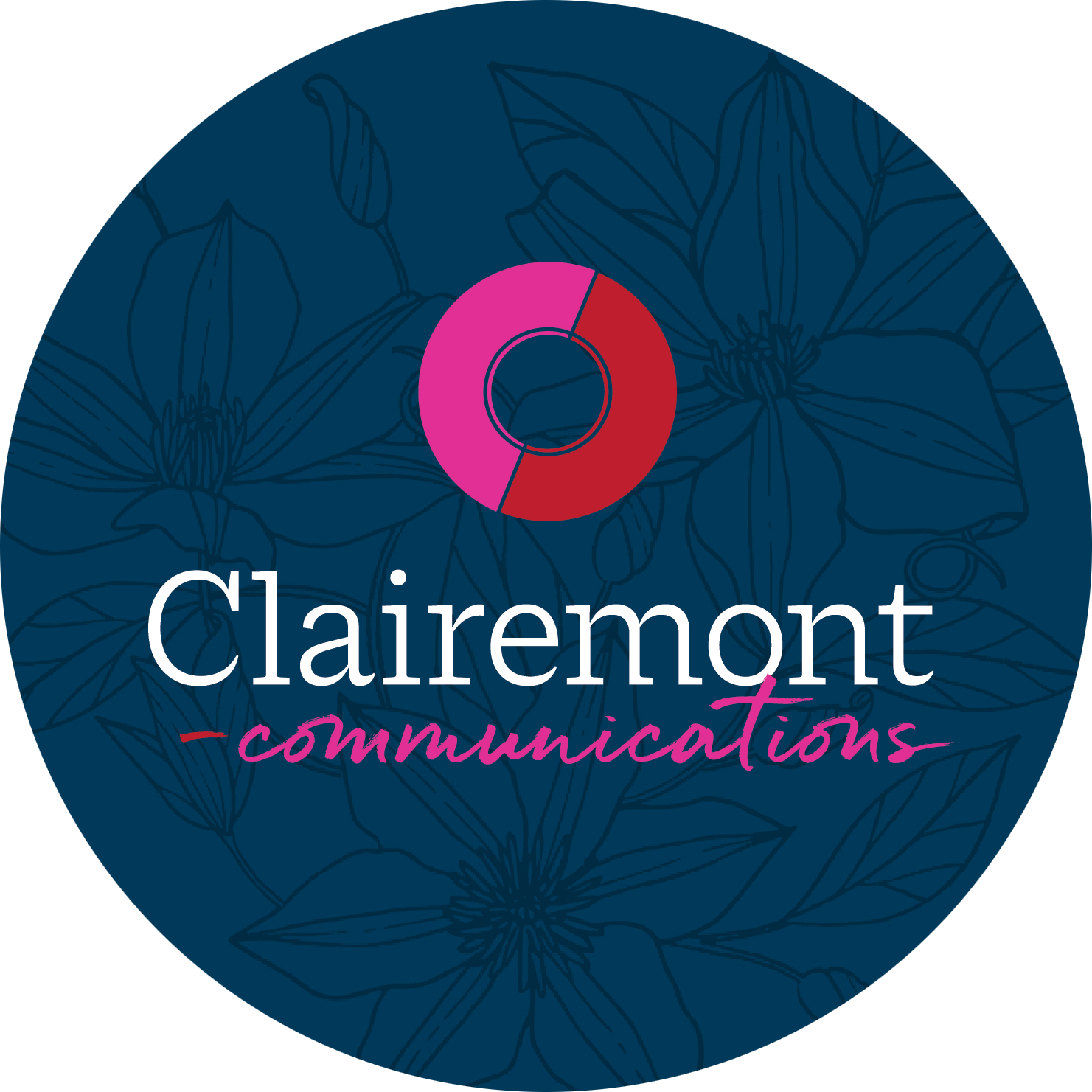You feel it coming. That “oh-no-I-have-to-write-another-blog” weight.
Breathe easy. Producing “great content” doesn’t necessarily mean cranking out hundreds of web pages or blogs to stuff your SEO. Time and time again, the content that attracts traffic and converts buyers is a concise, tailored resource that solves a problem.
So if “king content” isn’t necessarily a bottomless library of graphics, articles or videos, what is it? Use this framework to guide your next content creation mission.
1. Identify your audience

This always is (and rightly should be) the first question any marketer should address. Create a concise persona of your audience member, from age and life stage to socioeconomic status and location. What issue are they addressing right now? What resource do they need in their decision-making process? Do they prefer pancakes or waffles? (Ok, kidding.)
2. What’s your point?
Unless it is wall art, content shouldn’t be just eye candy. What problem are you trying to solve for your audience member? How are you specifically making his or her life easier? Distill your entire piece of content into one short sentence that states its purpose. For example, the purpose of this blog is to equip marketers with a simple framework to create effective content. This “thesis” will keep you focused while you write/design/record.
3. Pack a powerful headline

Neil Patel cites a case study where he increased his conversion rates by 40 percent … just by tweaking his headline. A strong headline should (normally) be as short as you can make it and still get the job done. Tell the reader the big, bold benefit they will get from your article or video. Will you solve the problem they’ve been Googling for 18 minutes in three easy steps? Evoke emotion by providing a behind-the-scenes mystique with words like “tips, secrets, principles, must-knows.” Use data as you’re able.
4. KISS (Keep It Skimmable)
Eight of 10 people will read your headline; only two out of 10 will read your article. Keep the content as concise as possible, and make it easy on the eyes with titles, paragraph breaks and visuals. For more on that, check out our blog on writing stellar web copy.
5. But … be specific

Bolster your points with numbers, statistics or examples of success. For example, rather than saying “headlines increase readership,” point to Patel’s case study where an effective headline can skyrocket action by 40 percent. Demonstrate a technique. Walk through a case study — making your point more relatable, memorable and useful to your reader.
6. Give an easy action step
After you’ve shared you mind-blowing, life-changing content, give your readers an easy next step. Is that to download your guide? Hit up a video that shows the next how-to? Email so-and-so for an appointment? Whatever it is, don’t lose your prized reader without directing them to another point of contact with you.
Bonus Tip:
Write/create your content in batches. You’re already in the creation mode with resources at your fingertips. Keep the flow going and plug them into a good content calendar to maintain a steady schedule.
And now? It’s time to translate these readers into buyers. Check out our tips for writing calls to action.

